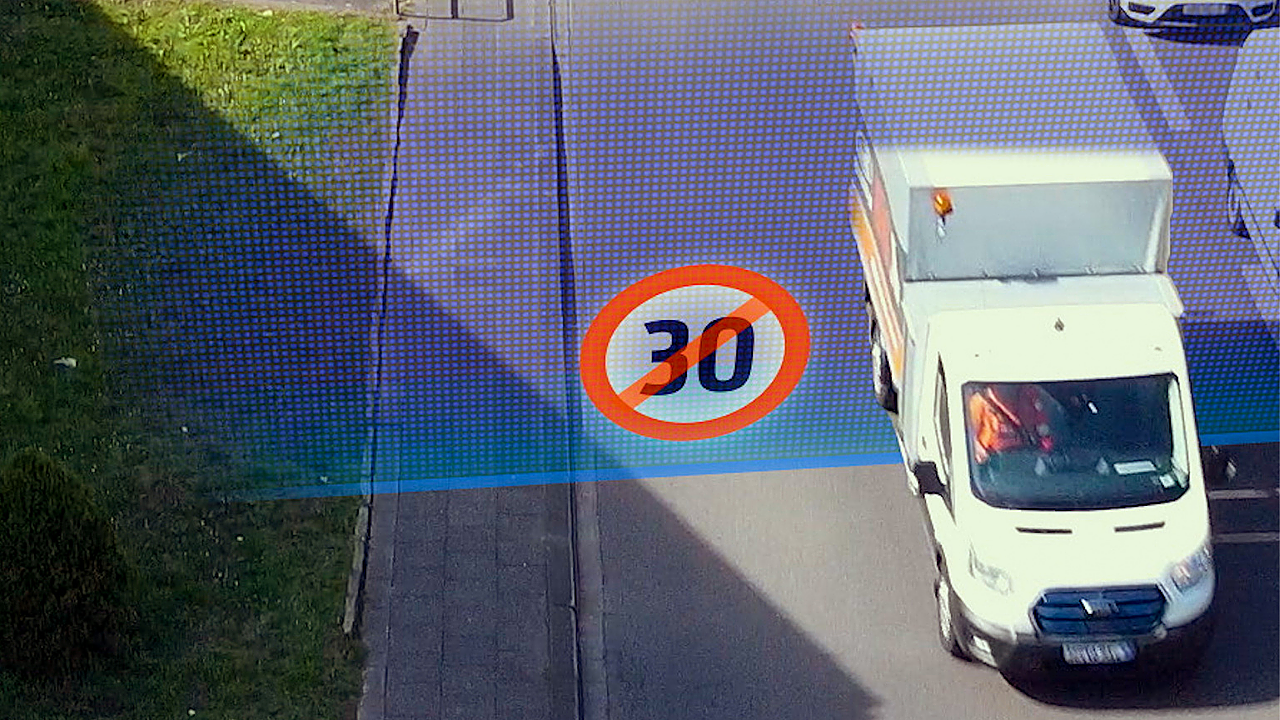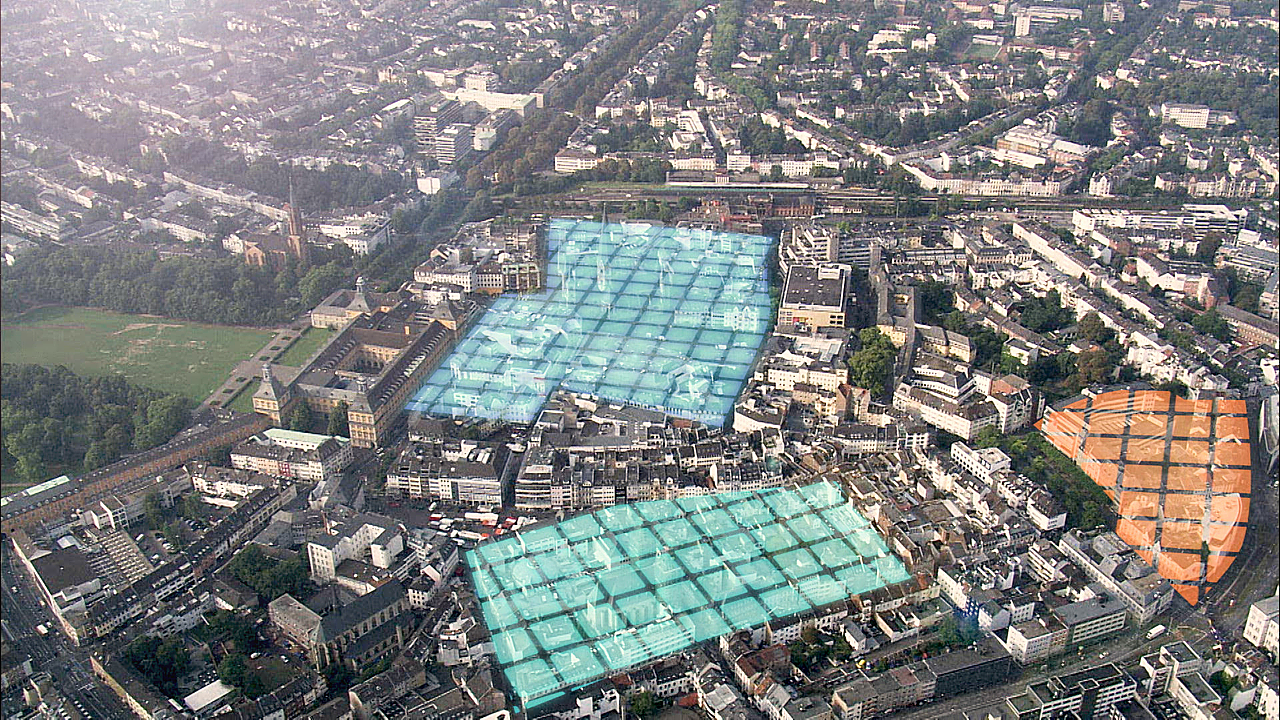
A report by WHO suggests that nearly 1.3 million people die each year as a result of road traffic crashes globally. The study added that road traffic crashes cost most countries 3% of their gross domestic product.
Interestingly, more than half of all road traffic deaths are among vulnerable road users, including pedestrians, cyclists, and motorcyclists.
According to another report, in Europe, up to 29% of road fatalities are pedestrians and cyclists, depending on the country.
To protect pedestrians from road accidents, governing bodies worldwide use road signs and speed limits, especially around schools, hospitals, and shopping areas.
Setting up 30 km/h zones is considered one of the key measures to reduce the risk to pedestrians in urban areas, as drivers have more time to react and the impact speed is lower. However, seeing the signs can depend on their visibility, whether they are concealed by branches or maybe surrounded by a cluster of other signs.
To get around the issue, the American vehicle maker Ford aims to use connected vehicle technology using geofencing, a virtual geographical boundary that could one day do away with the need for speed limit signs completely. As well as potentially making streets safer for other road users and pedestrians, the company’s Geofencing Speed Limit Control system aims to help drivers avoid inadvertently incurring speeding fines and improve roadside appearances, the vehicle maker added.
The German Traffic Code has over 1,000 types of road signs, while in the UK, it is estimated that the number of road signs has doubled in the last two decades, to around 4.6 million in total, with the Department for Transport requesting that local councils remove unnecessary and unsightly signs.
Reducing the number of signs on the roads could go a long way towards decluttering cities, with drivers able to concentrate on the roads rather than keep watch for signs, the company said.
The company’s already existing solutions, such as driver assistance technologies, including Intelligent Speed Assist and Adaptive Cruise Control with Stop & Go, help ensure drivers do not exceed speed limits.
However, the new system is said to be more flexible and effective than on-board systems and could in future be applied to Ford commercial and passenger vehicles.
Geofencing Speed Limit Control
According to Ford, the system has been developed under the collaboration of the Ford City Engagement team, city officials in Cologne and Aachen, and Ford software engineers in Palo Alto, in the US.
Together with colleagues in Aachen, the Palo Alto engineers developed technology connecting the vehicle to the geofencing system for GPS tracking and data exchange.
The new system shares information with the driver via the dashboard display cluster, with the new speed limit flashing below the current speed.

The vehicle then automatically reduces speed in line with the geofenced zone. Notably, the driver can override the system and deactivate the speed limit control at any time.
In the future, the system could also enable drivers to set their own geofencing zones at speeds as low as 20 km/h, including at depots and private facilities.
Speed limits could also be set dynamically to take into account local hazards, temporary road works and the time of day. Currently under trial till 2023, the system is a part of broader research initiatives putting pre-production and prototype Ford E-Transit vehicles to the test across a variety of intensive real-world operating scenarios, including in the postal, municipal and utility services, as well as last-mile and grocery delivery sectors within France, Germany, Italy, the Netherlands, Norway and the UK.
These vans are said to be tested in all 30km/h zones in the centre of Cologne, Germany, and in selected 50 km/h and 30 km/h zones elsewhere in the city.
Researchers are using two FordPro vehicles to analyse the impact of speed limiting in improving traffic flow and reducing the risk of accidents, the company noted. The 12-month trial builds on other recent research projects of the automaker that endeavour to help improve road safety, including connected traffic light tech that could automatically go green to offer clearer routes for ambulances, fire engines and police vehicles and the use of specific speakers inside the vehicle to alert drivers to the direction from which people and objects are approaching.
Ford’s Local Hazard Information, introduced on Ford Puma in 2020, is now said to be on 500,000 of its vehicles in Europe. It has alerted drivers to more than 35,000 broken down vehicles, including both Ford and non-Ford, and warned drivers of more than 100,000 hazards ahead per month in Europe in 2021.